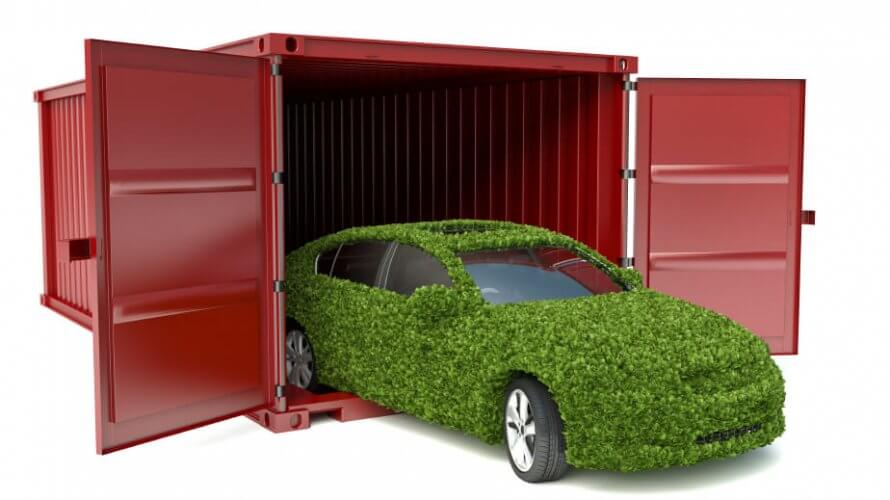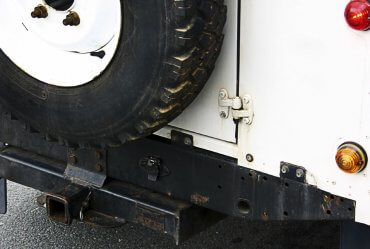
A flying DeLorean with a Mr. Fusion port that you can drop a banana peel into may seem like a good Hollywood movie idea about the future. But, in reality, powering a car with common trash may not be that far-fetched, after all. In fact, researchers are looking into cellulosic ethanol, which can be derived from trash as a viable energy alternative to fuel the family car. While trash could possibly run our cars in the future, auto insurance will still be necessary to protect them.
Interestingly, two U.S. based companies, KiOR and INEOS Bio, recently announced that they have been able to produce commercial quantities of ethanol from wood chips and non-food plant matter. Furthermore, INEOS says it intends to begin making ethanol using garbage from the nearby municipal landfill.
Mostly everyone is familiar with corn ethanol, which has been at the center of a lot of controversy in recent years. However, the fact that advanced cellulosic ethanol is made strictly from waste could be a game changer in the search for an alternative to gasoline.
The thought by some critics is that corn ethanol has come and gone. In the big green push of the last decade, ethanol made from corn was considered the best solution for an alternative fuel. Corn ethanol’s most appealing advantage was that it could be produced domestically, could reduce our dependence on fossil fuels, and could cut greenhouse-gas emissions by about 20 percent compared with gasoline.
But, less appealing, some analysts say, is that the potential emissions reduction would be offset by the pollution associated with corn ethanol production. And, those numbers don’t factor in land-use changes where large chunks of forested land would be converted to cropland. This, in effect, would create its own share of greenhouse emissions, further feeding the argument by critics of corn ethanol that too many negatives exist to pursue production, including the idea that it could also raise the price of food.
These factors, combined with recent droughts, have taken a heavy toll on ethanol producers and removed some of the shine from corn ethanol’s “magic bullet” promise to solve our dependence on foreign oil.
On the other hand, the advantages of cellulosic ethanol far outnumber its disadvantages. First of all, there are no crops involved. Cellulosic ethanol is made from non-food vegetative matter, which can mean switch grass, wood chips, yard clippings, and yes, household garbage.
Secondly, it doesn’t affect the price or abundance of food and (except for switch grass) it doesn’t require large-scale cultivation as corn does. Plus, the waste used to create the ethanol can also be used to power the factories. INEOS, for example, uses methane from the nearby landfill as a power source. The factories often produce more power than they need and can sell the excess to utility companies. Because of these factors, cellulosic ethanol could cut greenhouse gas emissions by 85 to 95 percent compared with gasoline.
Thirdly, and arguably its greatest asset, cellulosic ethanol also shows strong potential as a drop-in biofuel, which simply means it can be used in existing cars and trucks without special modifications. According to KiOR, its fuel is chemically identical to conventional gasoline.
When you consider Americans generated over 36 million tons of food waste in 2011, it would seem there is a plentiful supply of waste to proceed with a green plan to power our cars and help protect the earth in the process.
Excitement aside, oil companies need not panic just yet. In spite of the tons of waste, cellulosic ethanol would need to be produced in very large quantities in order to be competitive with gasoline – and that may still be a ways off. Also, not everyone is a fan of biofuels, either. Case in point, some experts feel that plug-in vehicles using solar- or wind-generated electricity are the better solution.
But, if cellulosic ethanol can truly be used in existing cars and trucks without special modifications or added expense, the consumer will decide which alternative power source they are more inclined to use.



